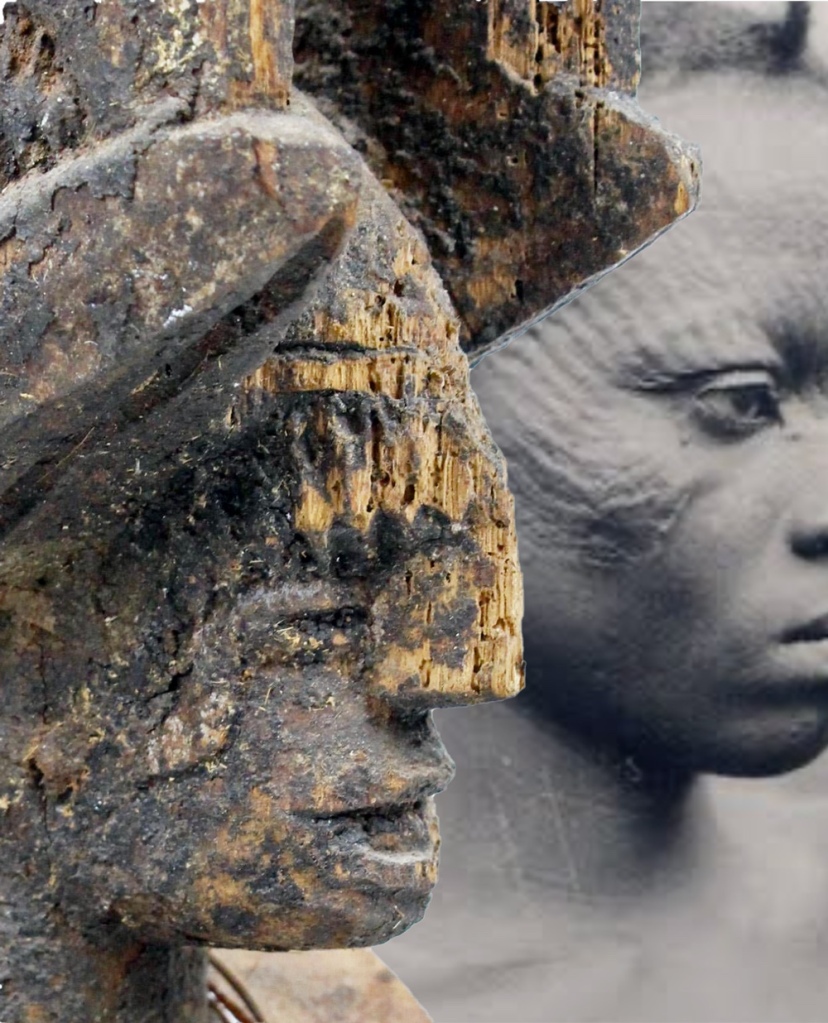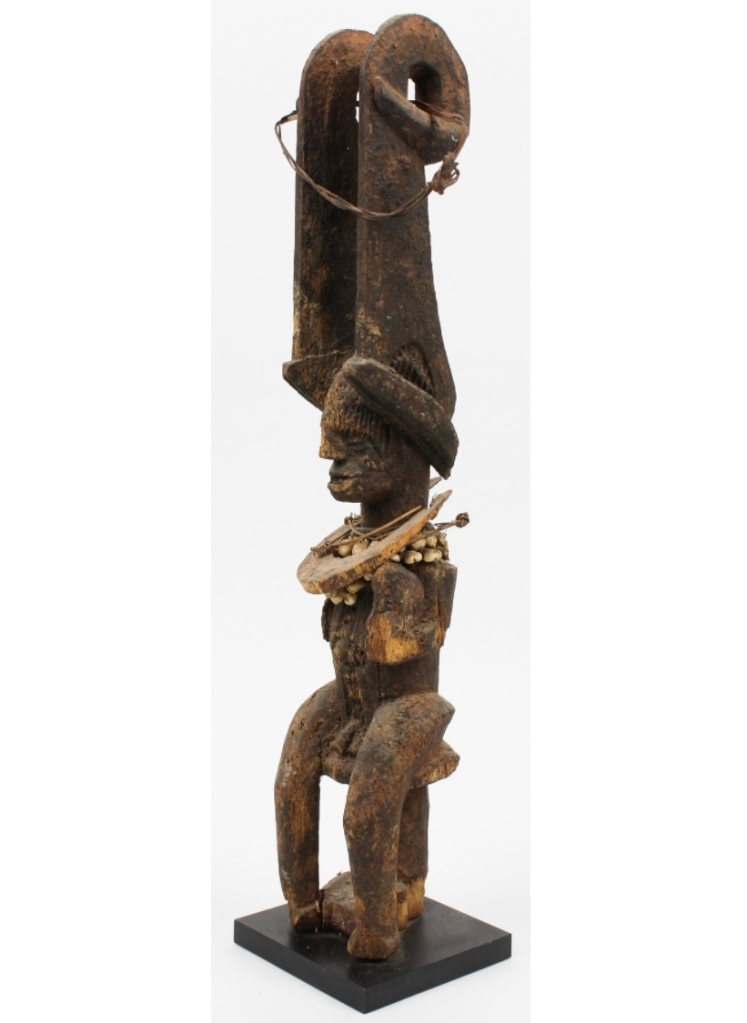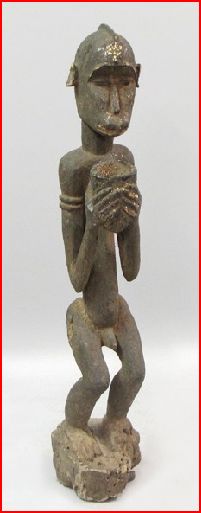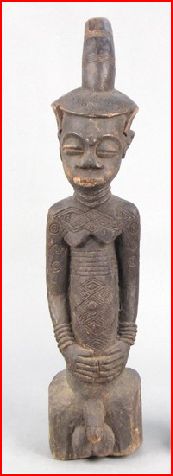Five Areas of Common Tribal Heritage we never knew.
Beyond the use of masks in festivals and masquerades there are several areas of African Tribal Art, and customs that form a common part of the heritage of the Diaspora. It is amazing that after hundreds of years there are commonalities and ties that have stood the test of both advances in technology, and concentrated attempts at indoctrination in different cultures.
Common Volcabulary[1]
“Susu” is a word based on the Yoruba word “esusu” meaning a rotation of funds to persons who have contributed to a central banker; a sharing of capital. This practice is done commonly throughout West Africa. A general misconception is that the word had its origins in the French word for “cent.”
The Caribbean use of “Allyuh” and “you all” also bear traits of West African language. Standard English just has “you,” which acts as the 2nd person singular AND the 2nd person plural. African languages make a distinction between the plural ‘you’ and the singular ‘you’ so therefore the “all” is inserted “allyuh”, “you all” to mean more than one. The Bajan “wunna,” which means “you all” is a version of the Ibo pronoun “unna” which has a similar meaning.

Ibo (Igbo) Tribe, Nigeria - Spirit Maiden Mask
“Moomoo” a word meaning stupid, or dumb, and “booboo” meaning coal in the eyes are also African based words. “Anansi” likewise is a chief character of folk tales in the Gold Coast. “Jumbi” is a word from Angola meaning a ghost, an entity that returns from the dead. “Locho” is a Congo word meaning “cheap; mean; stingy” that has found its way to the Caribbean. “Tabanka” or its variant (without the nasal consonants “n or m”) “Tabaka,” is a Congo word meaning sold out or bought out completely. So from this we have the Caribbean word “tabanka/tabaka” meaning completely lost in love. “Tooloom” comes from the word “toolumuka” which means to drag oneself or to pull out teeth. The Caribbean word “Lahe” which mean “wutless” or “good for nothing” is based in the Congo word “laha” which means the same. “Kongori” can be found in a series of languages in Africa from Gabon to the interior, and the meaning is the same – a millipede. “Kaiso” among the Niger Delta peoples is a term that means “well done!” and so at the end of a “kaiso” or “calypso” it is very suitable to hear such an acclamation. “Dwen/Douen” is also an African word which refers to the soul of a child that has died.
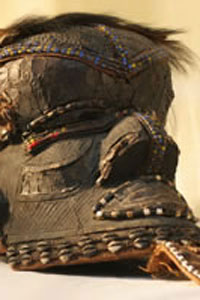
Bwoon Mask, Kuba Tribe - DRC : Famous Royal three way relationship!
Bamilike Tribe, Cameroon[2]
To compensate for not preserving the skull of a male ancestor, a family member must undergo a ceremony involving pouring libations into the ground. Dirt gathered from the spot then becomes a proxy representing the skull of the deceased. The tradition of sprinkling drops of liquor when a new bottle is opened may be derived from this.

Gunyege Mask, Dan Tribe - Ivory Coast
Dan Tribe, Ivory Coast[3]
The tradition of “tin” is still an essential part of Dan culture. Young people strive to make a name for themselves by lavishly spending at community feasts to demonstrate their wealth – hence to be described as a “Dan” refers to someone who dresses well, and who shows himself to be ahead of others in the categories of wealth or social prominence.
Ashanti, Ghana[4]
The Anansi tales are believed to have originated from the Ashanti tribe in Ghana. The word Anansi is Akan, and means simply spider. An example of Anansi’s craftiness is given in the excerpt which sees him capturing a nest of hornets.
“To catch the hornets, Anansi filled a calabash with water and poured some over a banana leaf he held over his head and some over the nest, calling out that it was raining. He suggested the hornets get into the empty calabash, and when they obliged, he quickly sealed the opening.”
Religious Beliefs – Yoruba Tribe,Nigeria [5]
With the trans Atlantic Slave Trade, the Yoruba religion was transplanted in various parts of the western hemisphere. Today it is practiced in a host of different forms. One of these is Vodoun, a mixture of Yoruba, Catholicism, and Freemasonry, in Haiti. It is known throughout South America, the Caribbean, and Central America as Santeria where it is practiced not only by Africans but also the descendants of indigenous peoples (misnomered Indians or Hispanic) that inhabit the region. Worship in the Yoruba religion is based upon the belief in a Supreme Being (Oldumare), the creator of Heaven (Orun) and Earth (Aye); the belief in a multitude of spiritual deities (Orisha); and the belief in ancestral spirits (Egungun).
